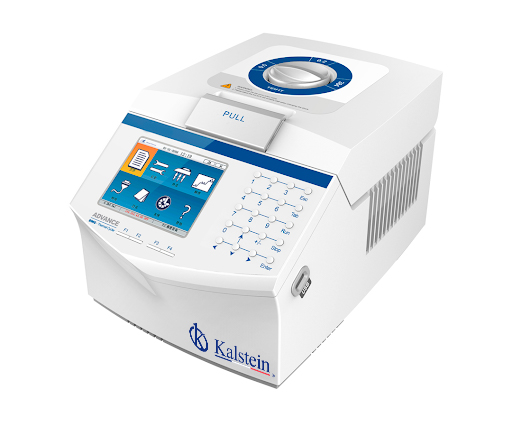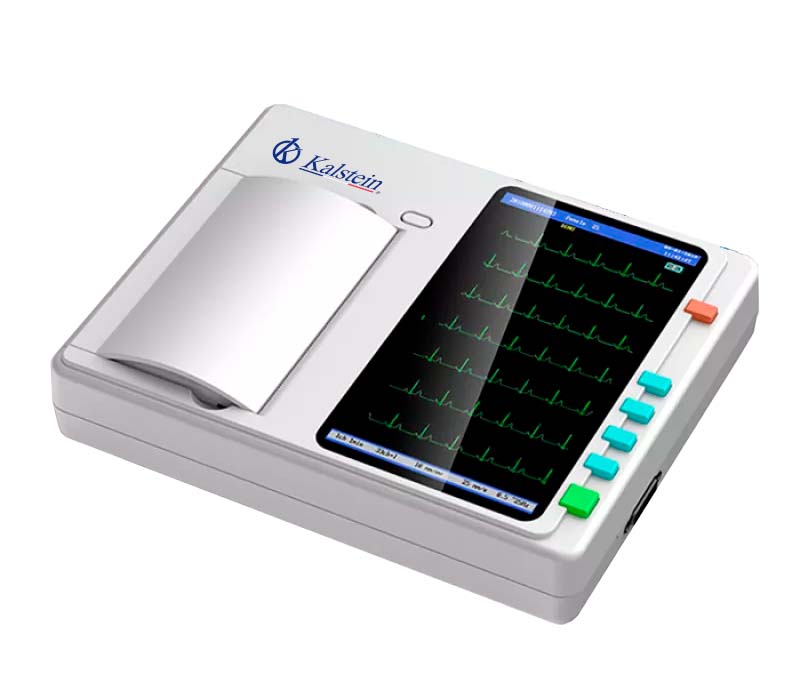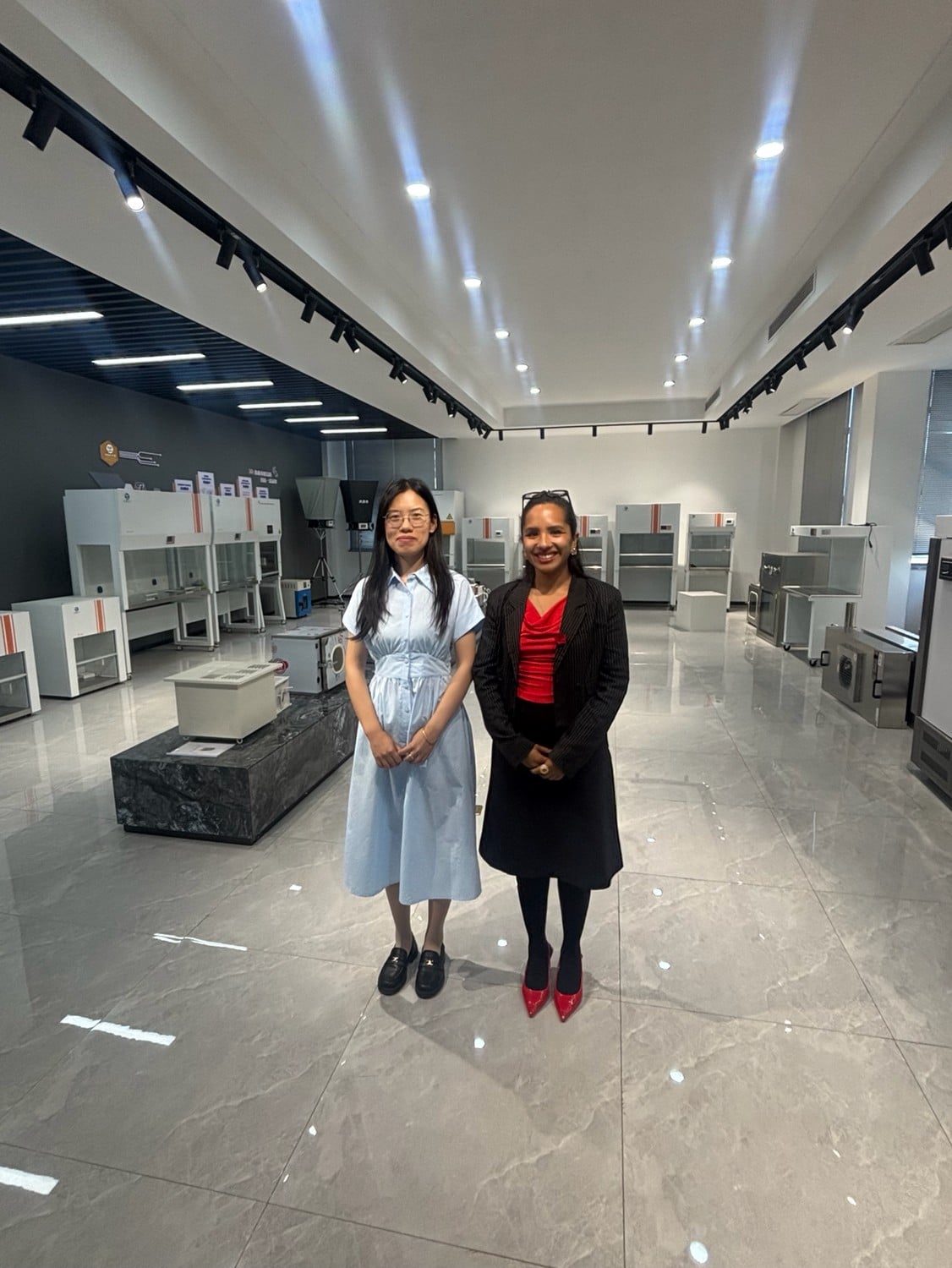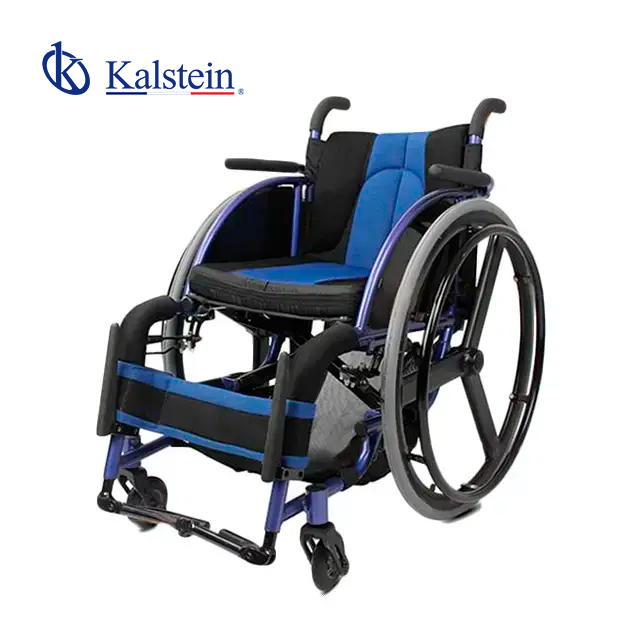Thermocyclers are very important equipment and used in the laboratories of the branch of Biology and Medicine, especially in Molecular Biology, this is because of the function they have. This equipment is based on the realization of temperature cycles that allow to extend the strands of DNA, this reaction is known as polymerase chain reaction or PCR.
Thermocyclers are an indispensable tool in any laboratory dedicated to molecular biology, so you must select an efficient one and according to the needs of the laboratory, which is not difficult to achieve, you just need to be properly informed. In the following article we will explain everything you need to know about thermocyclers and how to choose the ideal.
How does a thermo-cycler work?
The function of thermocyclers is divided into several phases, the main idea of these is to divide and amplify the DNA under study. It is a procedure that has a short duration, in a few minutes is ready, however, this does not mean that it is a simple reaction, in fact it is extremely complex, since it involves the most important material of our body. The stages in which this reaction is divided are:
- The first stage is the denaturation phase. This occurs in two cycles, its purpose is to separate the two strands of DNA. The temperature at which this action occurs is 94° and 98° C, enough to break the hydrogen bridges that connect them. The action time is only 10 seconds.
- Second stage, this stage is intended to align the sequences of nucleotides or primers to the strand to be amplified. This step has a duration of only 20 seconds, the temperature to apply will depend on the type of first used.
- Third stage is the amplification phase of the DNA strand. The duration of this step should never exceed one minute per kilobase.
Uses of thermocyclers
A thermocycler is a device, usually square or rectangular, where tubes with DNA to amplify are inserted. It consists of a block of electrical resistance, to distribute, in a homogeneous way, the temperature through the plate where the samples are placed (the temperature can vary between 4 ° C and 98 ° C, and is programmable by the user). On the other hand, the top lid that is above the samples, is a heated plate to avoid the condensation of liquid in the lids of the vials.
Although it looks like a simple equipment, the truth is that it performs a quite complex function, denaturing and separating the DNA, to achieve amplification. This allows it to have a large number of applications in various laboratories, from molecular biology laboratories, where DNA can be quantified; to clinics. Here are some of their applications:
- In research laboratories, where its main use is the denaturation and amplification of DNA.
- In DNA cloning and gene sequencing.
- In clinics, where they are used in genetic testing for hereditary and infectious diseases.
- In identifying genetic fingerprints.
- For paternity tests.
- To quantify DNA.
Types of thermocyclers
Since their invention, thermocyclers have been changing and have been adapted to the needs of the laboratories in which they will be used, as a result, there are different types of thermocyclers, each with particular functions that allow them to fulfill their application within the laboratory where they will be used, these are:
- Real-time thermo-cycler.
- Digital Thermocycler.
- LAMP Thermocycler.
- Fluorescence thermocycler.
- Peltier Thermocyclist.
- Microfluidic thermocycler.
- Thermocycler with gradient function.
Considerations when selecting a thermocycler, risks and preventive measures
Before purchasing a new thermo-cycler for your laboratory, there are several aspects to consider, for example: the amount of sample to be used, ease of use, cost, application to be given, the presence of a heated lid, the material from which the outer layers are made, temperature control, flexibility, adaptability and modularity.
On the other hand, it is necessary to point out that thermocyclers have a number of risks that, although not many, are serious and can lead to burns. For this reason, the staff who will handle it should be aware of what they are and how to prevent them, the risks and their prevention measures are shown below:
- Electrocution risk, to prevent this, you should always use proper plugs with grounding, never use multiple plugs, because they are prone to accidents.
- Risk of splashing due to vial explosion, to avoid this, the temperature should always be controlled.
- Risk of contact burns, to prevent this, it is essential to use heat resistant equipment. On the other hand, as soon as the reaction is over, it is necessary to wait until the temperature drops, at least, below 30° C.
Kalstein brand thermocyclers
At Kalstein we have a wide range of thermocyclers, as we are MANUFACTURERS of medical and laboratory equipment. With us you can find high performance real-time thermocyclers for greater control of your experiment data. Our equipment offers reliability, sensitivity and precision, and is optimized to enable the widest range of quantitative PCR applications. HERE
We have the best PRICES on the market, for our wide range of thermocyclers, of course, before making your PURCHASE you will be advised by our experts to make your experience excellent. To view our catalog, visit HERE




